Our Creator has blessed us with eyes that can capture the beauty of the world around us and correct me if I’m wrong, but I think that horses are one of the most stunning animals we have the pleasure of witnessing.
We will discuss some of the rarest colors that don horses worldwide and learn just why these marvels catch our eye in such a fascinating gaze.
Horses Around the World
I’ll be honest with you, there have been many times that I have been wandering along a windy country road and could not resist the urge to pull over and stop.
I could sit there watching the horses graze for hours. Something about their beauty and majesty is captivating. Whether it is their deep eyes, elegant manes, or muscular builds, these animals symbolize serenity and valor all within the same frame.
What may catch your eye first is the coloring of the horse. But, beyond their color variations, horses come in different sizes and breeds. According to the American Museum of Natural History, there are over 200 breeds of horses today.
Although there are many color variations available within the equine community, we could say that there are “only four basic horse colors: bay, brown, black, and chestnut.”
The other colors that we see are a matter of genetic coding that is not a simple process to understand. The four primary colors of horses are either rooted in a red or black base coat.
At the scientific level, genes either modify or limit the pigment of the horse, resulting in the variety of colors that we may see around. As a result, horse breeders must adhere to specific color combinations for certain breeds, while other horses may achieve almost any color or pattern variation thinkable.
There is not much research on the rarest horse colors globally; however, there are some unusual colors within the equestrian community. In addition to its color, you can identify a horse by specific patterns and markings around its body.
The Science Behind It All
Some genes affect either the red or the black base pigment of a horse, while others can affect both. The particularity of gene combinations may also affect the horse’s entire coat or restrict coloring to just its tips.
Tips usually refer to a horse’s mane, ears, legs, and tail within the equestrian community. However, you may look to these parts of the horse’s body for specific markings too.
Veterinary Genetics Laboratory researchers are an excellent source for breeders who seek help in breeding specific color variations. In addition, researchers around the globe who focus on the genetic effects may also assist breeders in regards to the clinical repercussions of particular mutations.
Rarest Horse Colors
As I stated earlier, we will look at some of the equestrian community’s rarest or most uncommon horse color variations. We will also take a step into learning about its genetics and any other noticeable features of these horses.
1. True White
An all-white horse truly stands out from the crowd for its stunning beauty. Regardless of this fact, it is often confused with a grey horse. The difference lies in the color of its skin when determining if the horse is a true white.
A true white horse must have a dominant white gene, and you must get a closer look at its skin to know whether you are looking at a true white horse or a grey horse.
Unlike other horse colors, a true white is born white and remains so for its entire life. A true white horse also dons pink skin, a white nose, and brown or blue eyes.
2. Grey
These horses are usually confused as white horses, but the difference is that they are often born with darker skin that becomes increasingly lighter as the horse ages with time.
In addition, a grey horse will always have black skin rather than the pink skin of a true white. Along with the progression of a grey horse’s life, it may show signs of spotting or speckling before it garners the appearance of an all-white horse.
3. Cremello
Whereas albino animals such as a true white horse lack pigmentation, a cremello horse still retains some color within its coat. Although a cremello horse also has piercing blue eyes, they have a pink nose, and their skin has a creamy hue.
True white and cremello horse owners need to be mindful that these horses are more susceptible to skin-related diseases. In addition, because of the closeness of these two horses genetically, you may call a cremello a pseudo-albino horse.
To achieve the stunning cream color that a cremello horse dons, it must have two cream dilution genes, but specific breeding associations did not officially recognize these horses for a long time.
4. Brindle
Commonly seen in house pets, the brindle color is a scarce pattern to see on a horse. The brindle pattern is distinguishable by “watery or drippy looking striping” over the animal’s body.
The striping usually runs down vertically along the horse’s body while the stripes turn horizontally around its legs. It is also possible for a brindle to have a dorsal stripe, the tell-tale sign associated with dun horses.
Brindle color variation may be either caused by a heritable or inheritable gene. Researchers are still studying the possibilities of the brindle outcome but recognize that there may be a link between its coloring and “spontaneous chimerism.”
5. Silver Dapple
It is pretty unusual to see a horse that possesses the silver dapple gene, which affects the black pigment of its skin while leaving the red alone. The silver dapple gene tends to have a lightning effect throughout the coat of a horse.
For chestnut-colored horses, the effects of the silver dapple gene will be hard to spot. However, this gene may cause lightening effects on horses with black pigment ranging from silver to platinum throughout the horse’s tips and coat.
6. Perlino
These cream-coated horses are often confused with cremellos; however, there is usually some visible variation throughout their coat. Perlino horses will also have darker hair throughout their mane and tail than their cream cousins.
Perlino coloring can be found amongst different breeds and is highly sought after in the competition world for its stunning elegance. Some tell-tale characteristics of these horses are their glassy blue eyes and pink skin.
7. Chimera
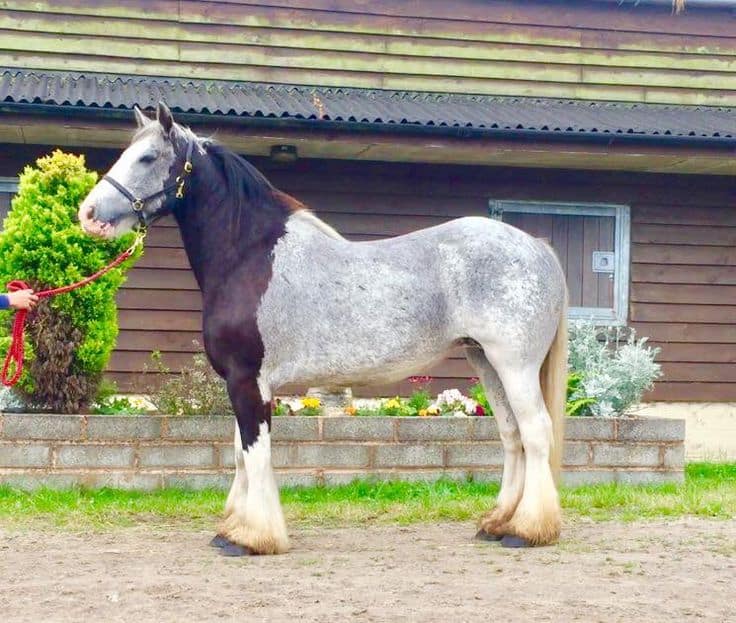
As an infrequent occurrence, a chimera horse is born “when non-identical twin embryos fuse into one at an early stage of development.” As a result, the color coats on these horses may appear splotchy, brindle, or splashed.
Whether or not their coloring is due to a genetic disorder, these animals are just as beautiful as they are rare.
8. Champagne
There are several champagne coat colors, some rarer than others. These beauties have hazel eyes and have freckled pink skin. However, in some breeds of horses, the champagne gene can be pretty hard to see visually.
Generally, the champagne gene will dilute the red base pigment to metallic gold, while it will dilute a black base pigment to dark grey-brown color with a sheen.
Along with true white horses, champagne horses look like they just galloped out of a fairy tale.
9. Chocolate Palomino
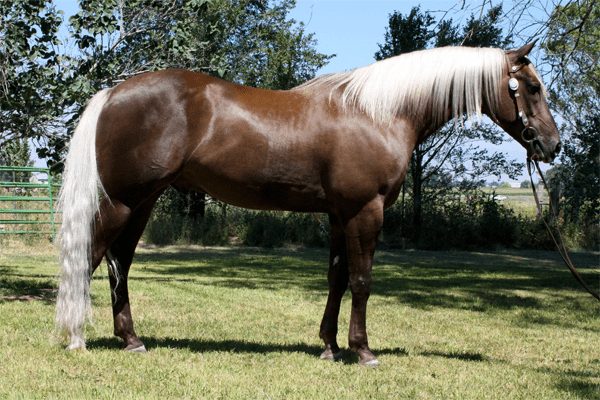
I want to remind you that palomino horses are a color type and not a breed. That said, chocolate palominos are gorgeous and a pretty rare find. To be classified as a palomino, the horse must possess a creme dilution gene and chestnut base.
The most striking aspect of these horses is the dramatic contrast between their yellow mane and tail against a darker coat that can range from dark gold to chocolate.
10. True Black
Often portrayed in Hollywood flics such as Zorro, a true black horse is a stunning animal, perhaps even worthy of red carpet treatment. A true black horse carries a dominant black gene, and its body must only have black hairs.
A black horse might don white markings; however, a true black will not fade when exposed to the sun or sweat. Typically, a true black horse fares better in colder climates.
11. The Striking Balance
Horses come in various colors and some don beautiful combinations of patterns and markings that help them stand out even more. As a breeder, it is essential to understand the genetic coding of their sires and dams to help orchestrate foal that will carry the desired traits.
Domesticated horses need to meet the specific purposes and requirements of their handlers, so it is for this reason that breeding becomes more scientific and a bit less natural.
For even more beautiful horse colors, watch this video.
Conclusion
Horses are beautiful animals to watch in the wild, but humans have domesticated these stunning animals that now reign the competitive arena. The species has several color variations; however, the combinations we have discussed are the rarest or most unusual to find within the equestrian community.
If you ever have the chance, slow down or pull over and take a look at a group of horses grazing and see if you spot any unusual patterns we discussed.
Please share your experiences or spottings of a rare or unusually colored horse that you have seen in the comment section below.
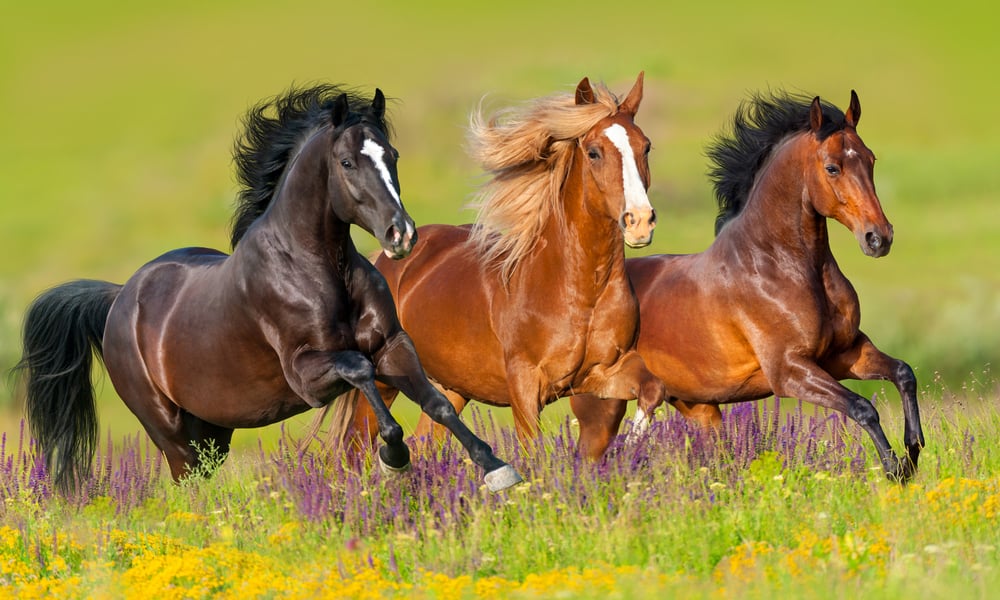
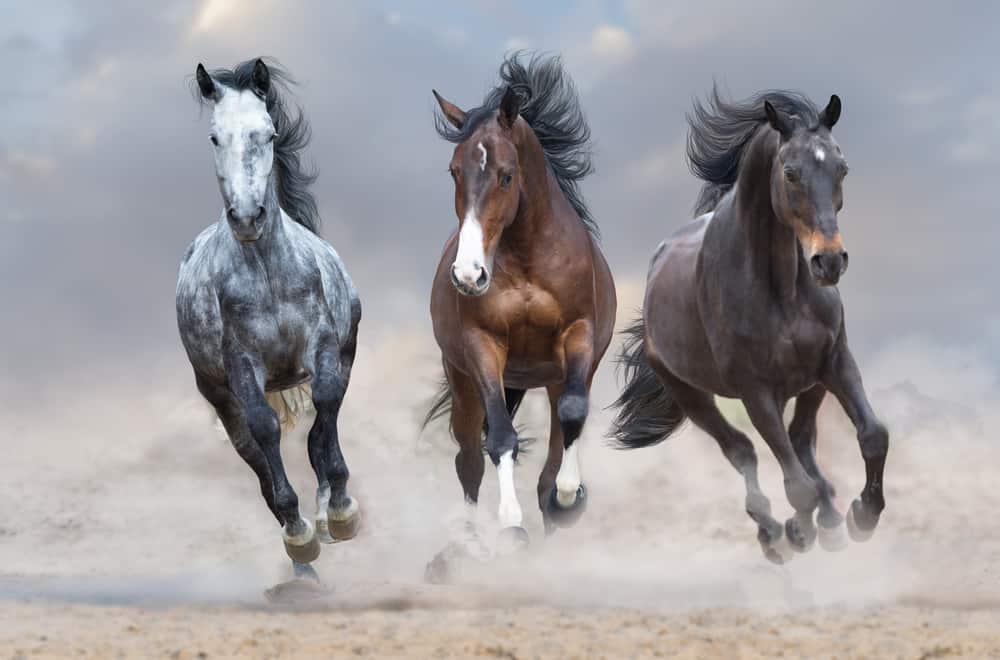
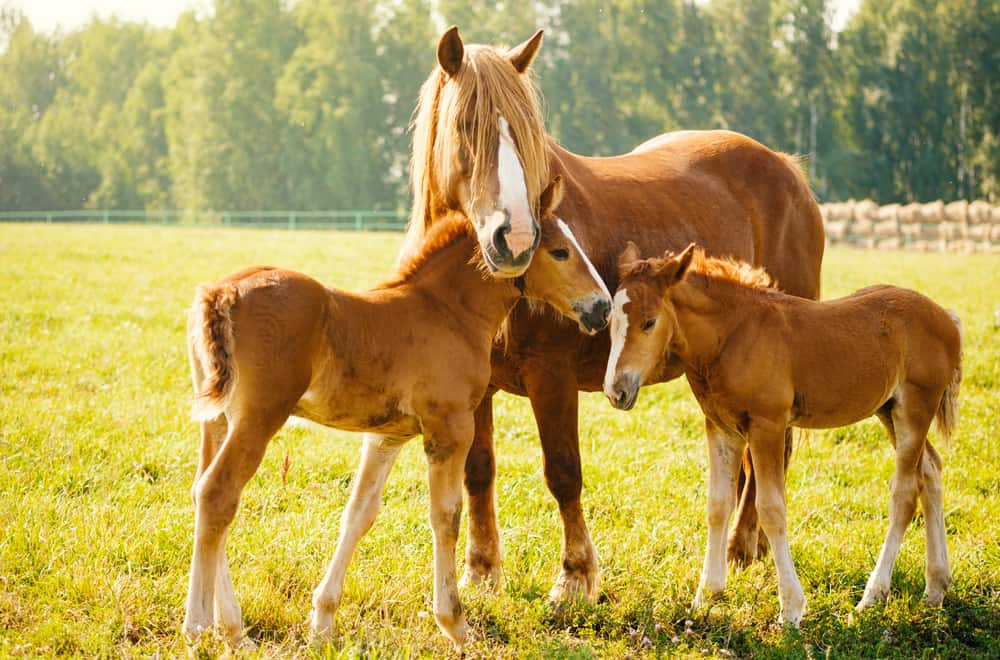
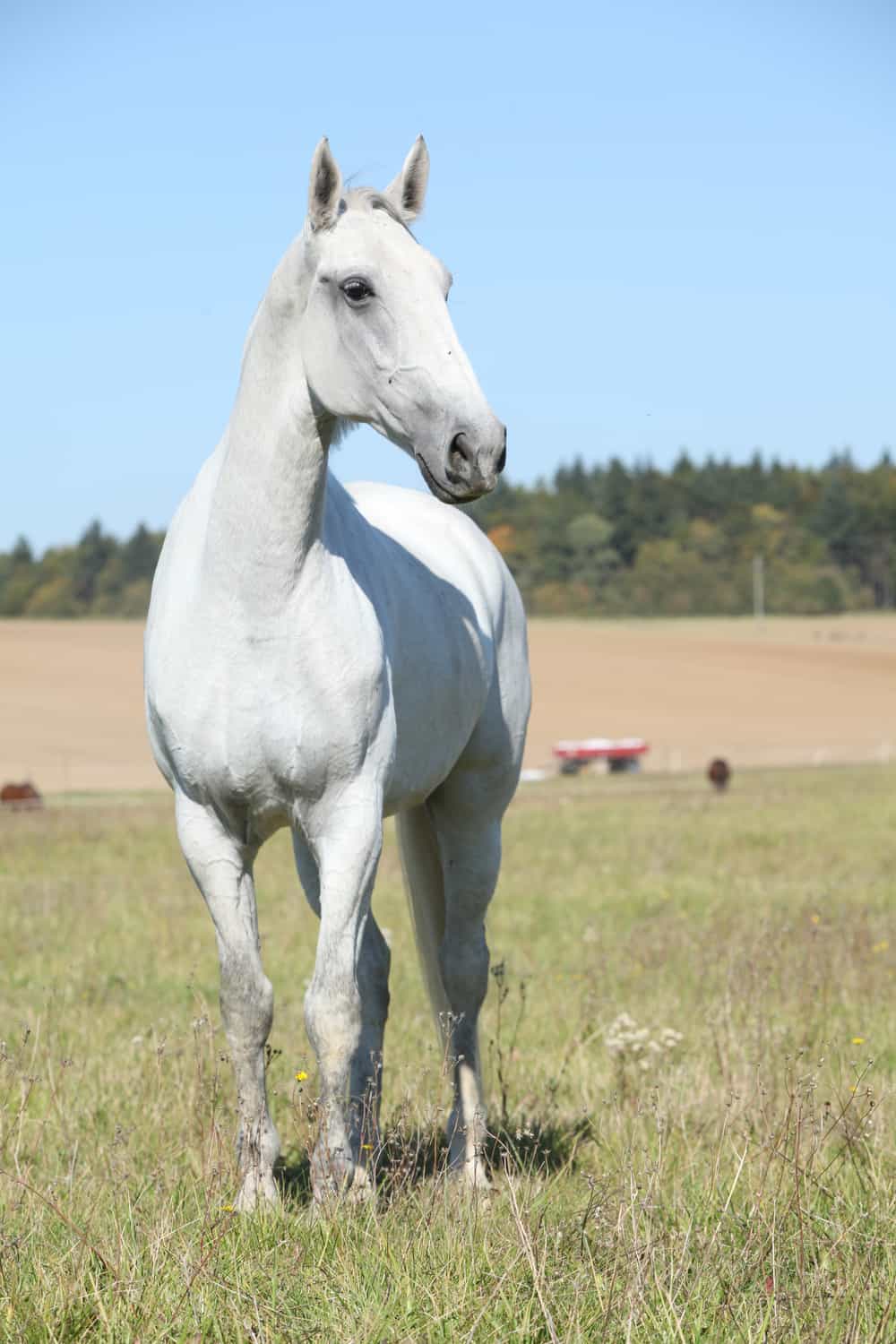
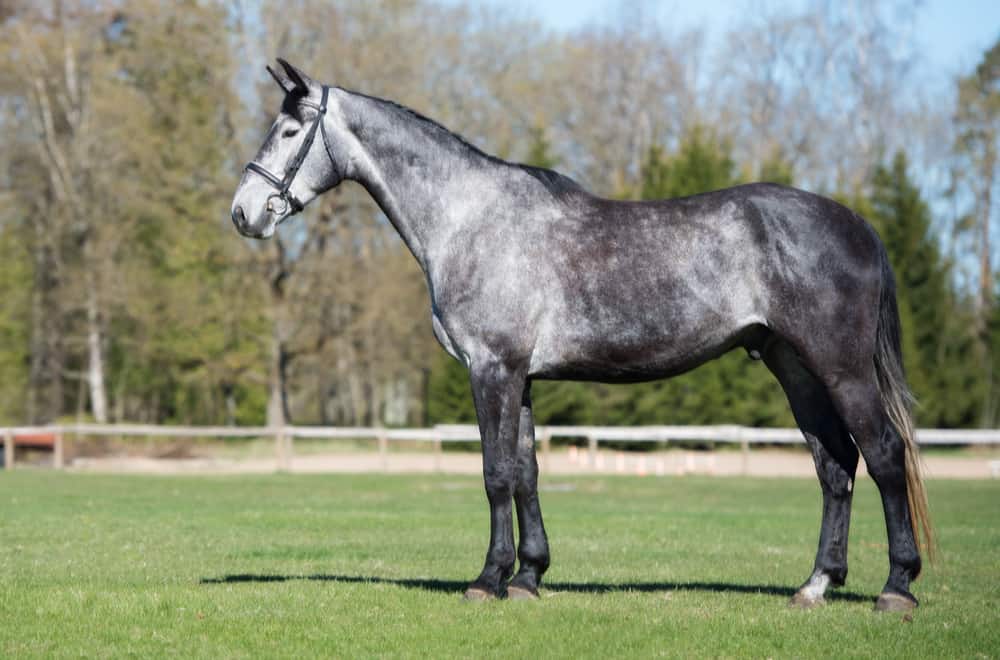
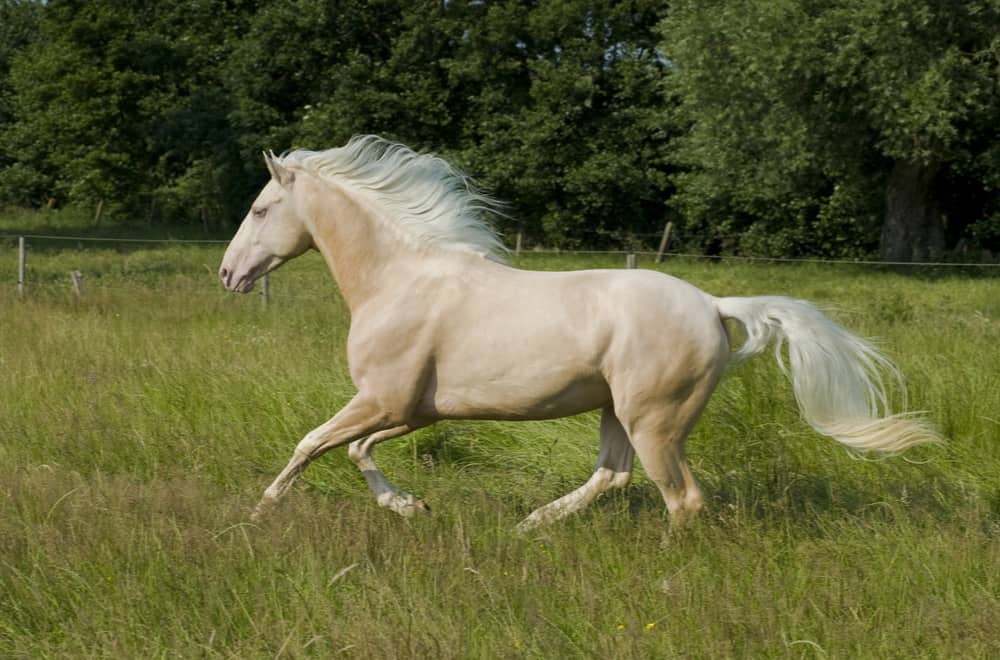
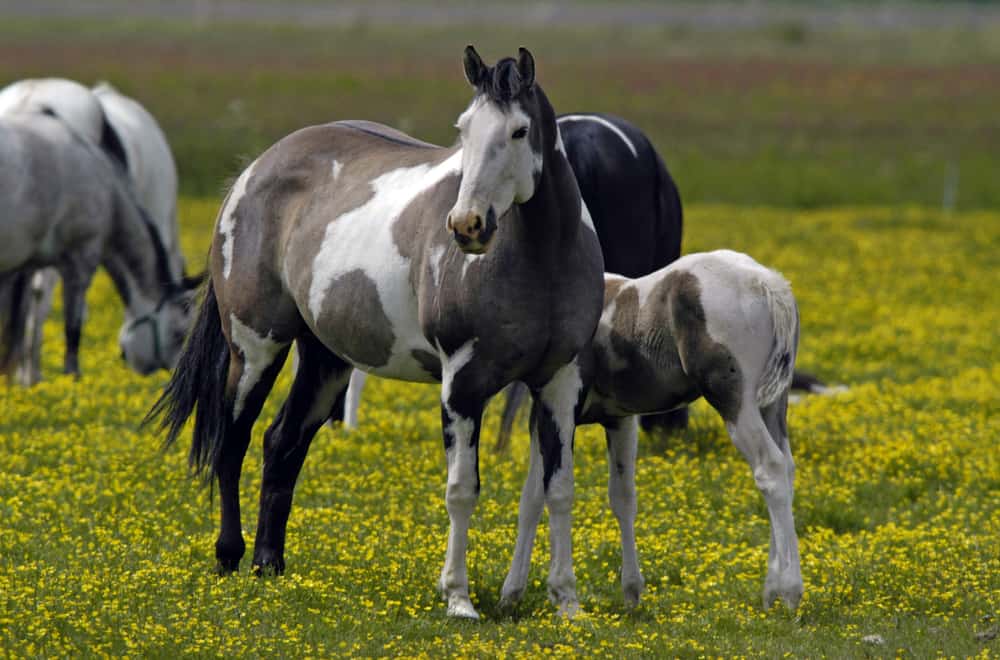
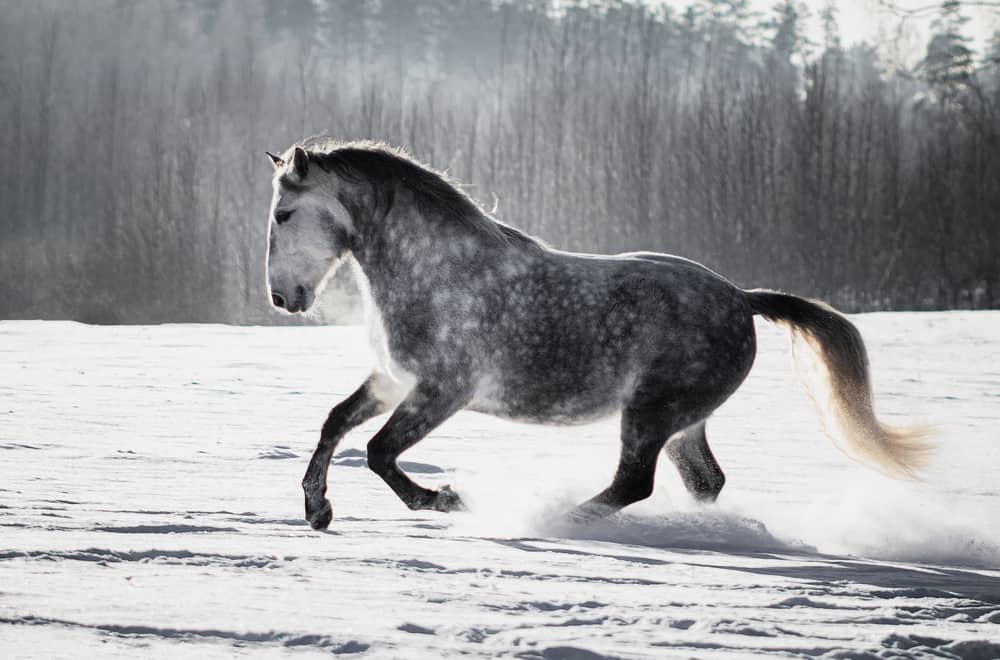
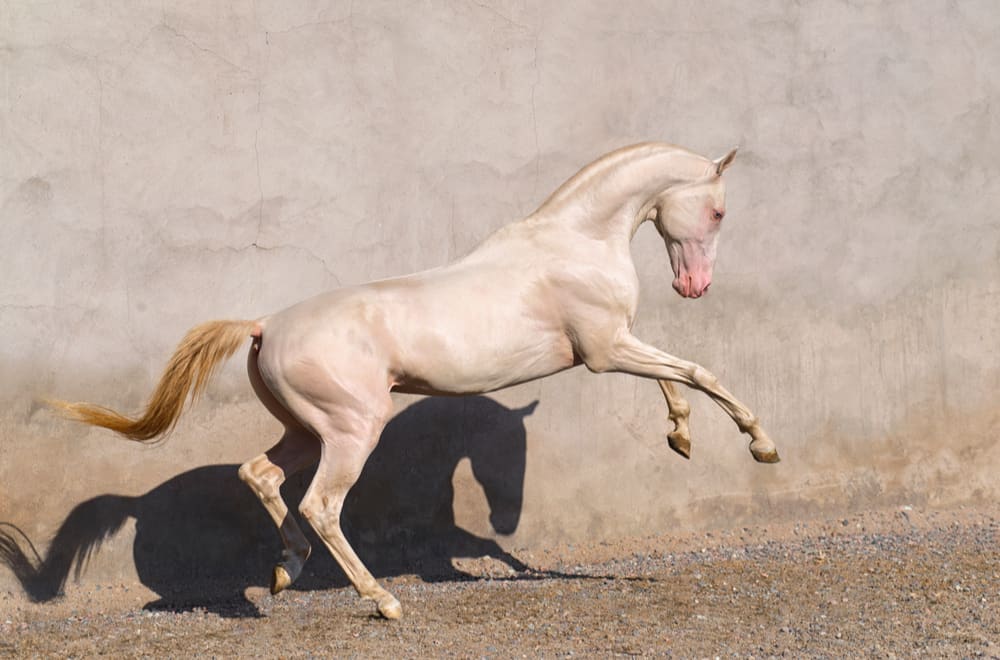

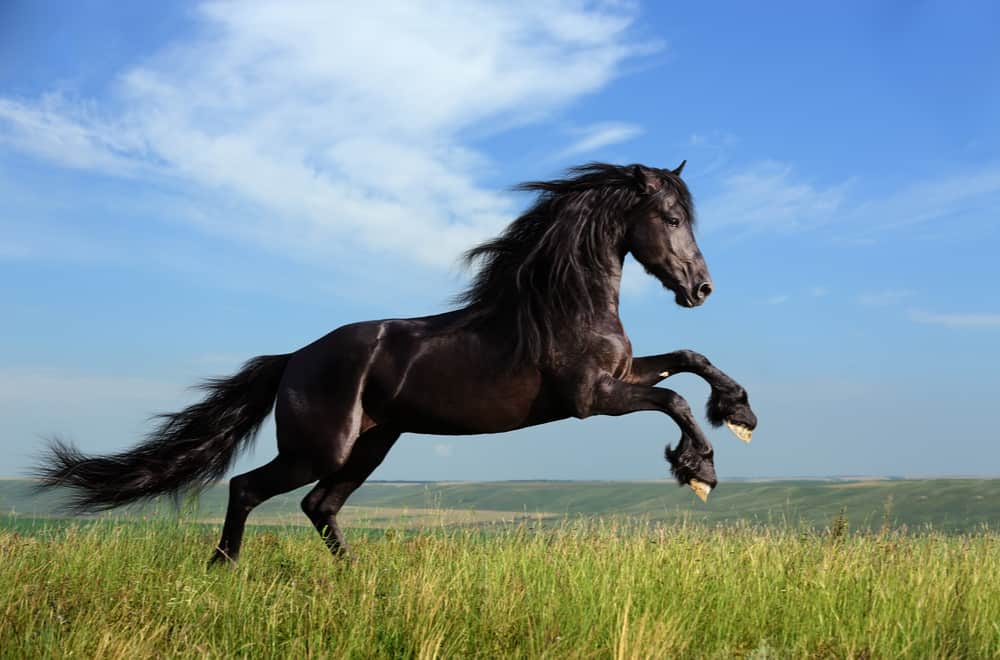
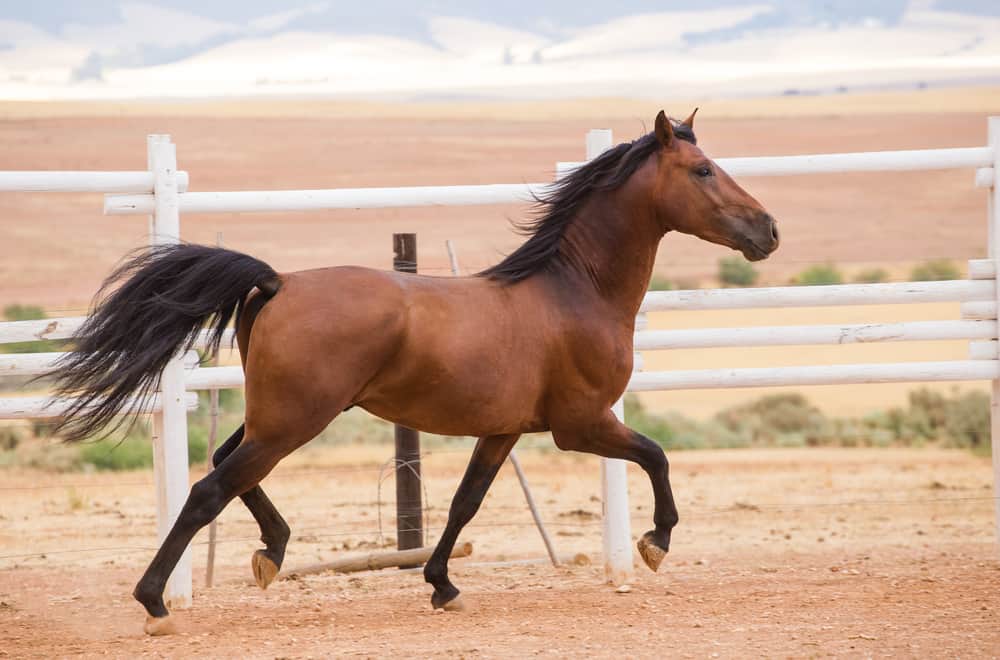








Thanks to your post, I found a horse with the color I like best, I just raised a chocolate Palomino-colored horse.